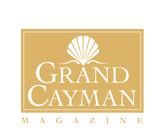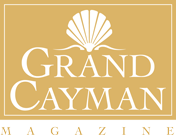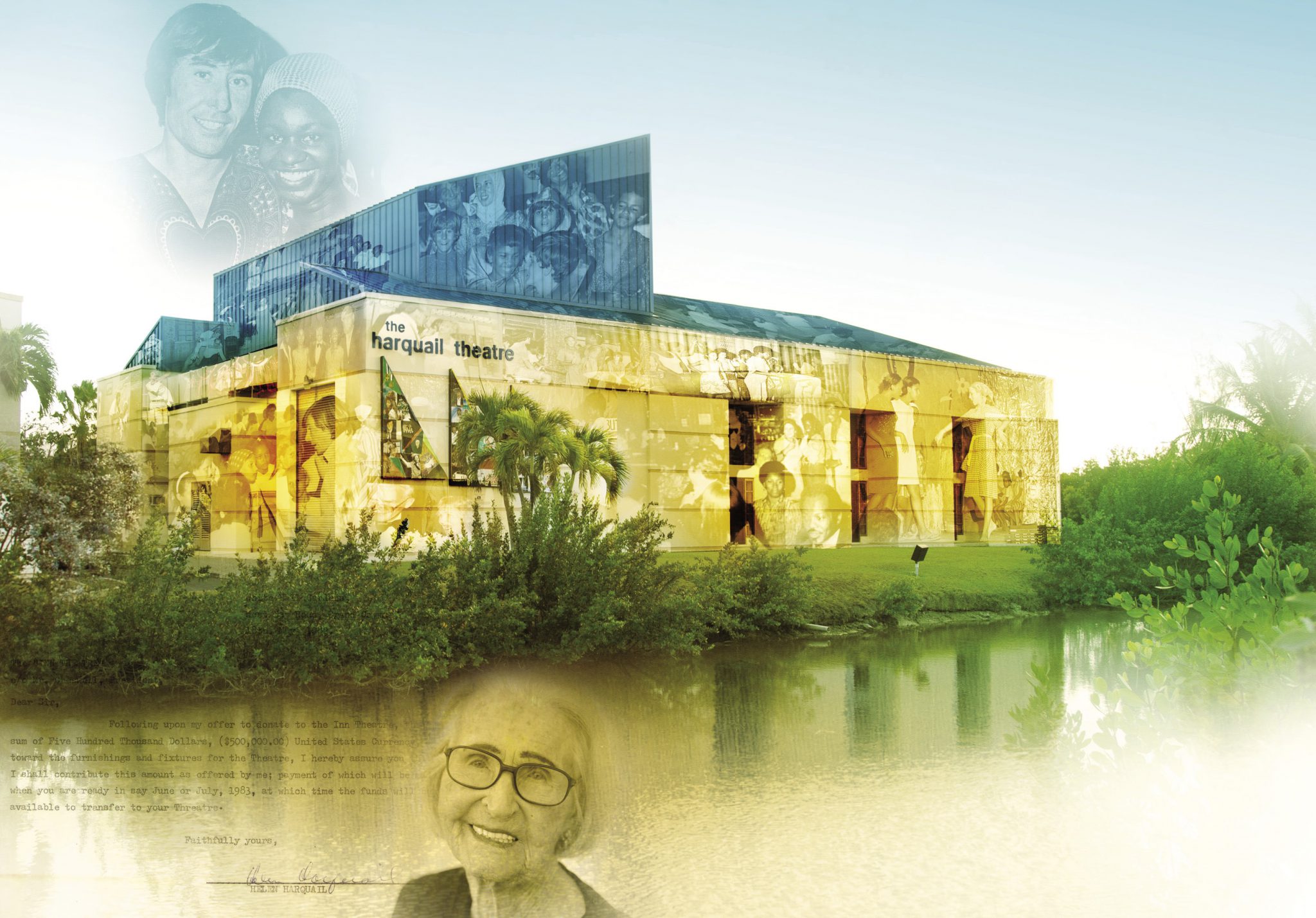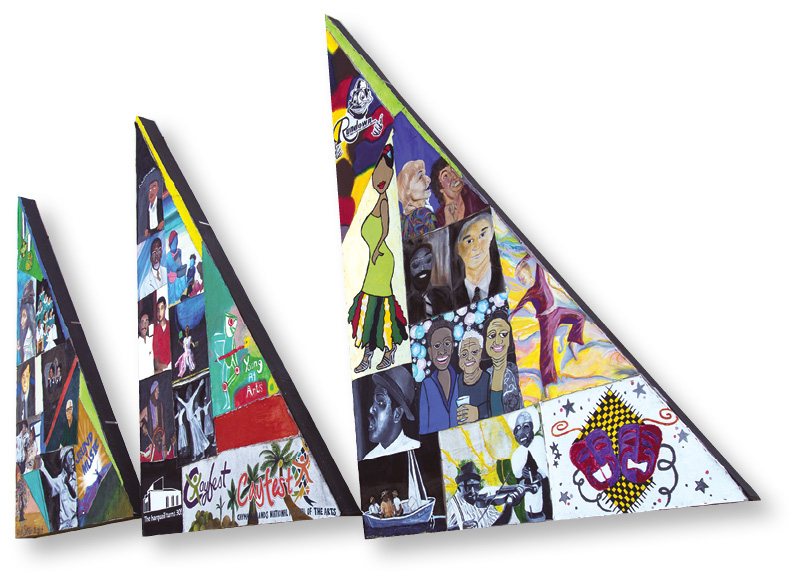The Harquail Theatre turned 30 on Dec. 1, invoking memory, celebration, pride, and a sense of community and accomplishment.
In one regard, the tale of how the Harquail came to be is of historic significance because no official record exists of the achievement. Certainly, if history is the foundation of cultural preservation, the story of The Harquail, the Cayman National Cultural Foundation and the Cayman National Theater needs to be told.
The origins lurk in the mists of 1977 when three Caymanians and two Londoners met in George Town for the first time, each passionate about the arts. Frank McField, sociologist and playwright; Bendel Hydes, visual artist; and Anita Ebanks, museums, libraries and cultural preservationist, gathered with Maureen Cresswell, educator, designer and writer; and her husband (your author) Geoff Cresswell, theatre director, actor and activist.

Together they founded the Inn Theatre Company, aspiring to be a cultural catalyst for Cayman, changing the expatriate focus that had heretofore dominated local stage production.
The Cresswells had arrived in George Town in 1976 – she to teach English, he to teach drama, at the Cayman Islands High School.
They had spent a year in Jamaica, working with the Little Theatre Movement, The Jamaica School of Drama, and the University of the West Indies, creating a school production of “Joseph and His Amazing Technicolor Dream Coat.”
Meanwhile, Cayman Islands High School under Colin Ross introduced drama as a core examination subject, led by performers William Connolly, Wendy Daykin, Theresa Lewis, Rina Ebanks, the Lawrence sisters, Michael McLaughlin, Lloyd Samson, Michael Broderick, the Orrett sisters, the Archs and others. No one was turned away, whether working onstage or behind the curtain.
Their debut performance was 1978’s “Oliver,” prompting the Caymanian Compass to observe “perhaps cultural history has been made,” establishing the impetus for Inn Theatre.

The success of the high school program galvanized the company’s founders, who replicated innovations already tested in Jamaica, where hotels operated small venues, and Kingston’s Barn Theatre, for example, premiered classics by native playwright Trevor Rhone, co-writer of “The Harder They Come.”
The five principals christened The Inn Theatre in honor of the room offered to the nascent group by West Bay Road’s Holiday Inn. Just before the debut production, however, Bruce Copeland of the Royal Palms Hotel made the group an offer it could not refuse: The company could use the Seven Mile Beach hostelry’s night club as long as it provided entertainment for guests.
Inn Theatre opened on April 6, 1978, with Michael Abbensetts’ “Sweet Talk,” a bittersweet drama of West Indians in England, starring Ozzie Lee and Barbara McCalla. Despite critical acclaim, however, it did not ignite public interest, more accustomed to expatriate musical and comedic performances.
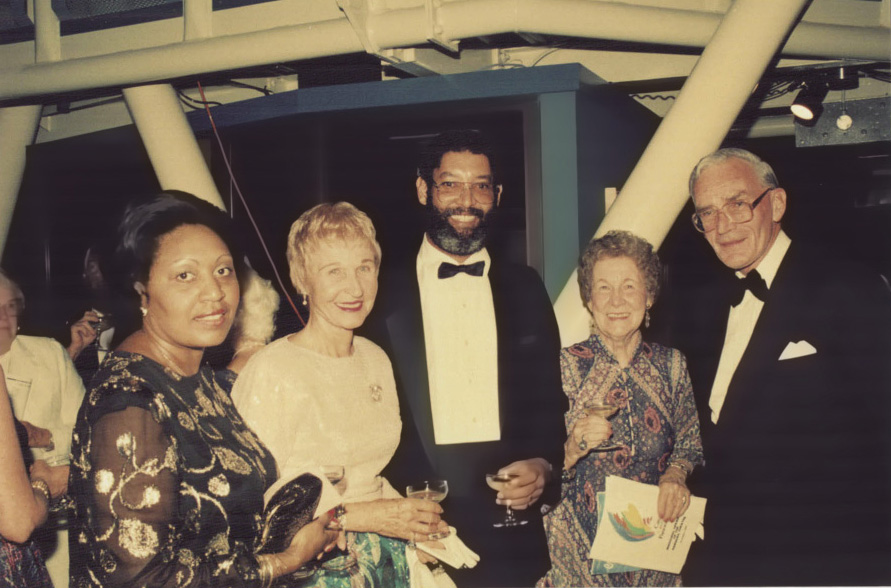
To retain the Royal Palms venue, Inn Theatre accepted the challenge to develop a year-round program for and by Caymanians, yet appealing to tourists.
The answer lay in the Cayman Islands High School’s drama program and the Cresswell’s Jamaican theatre experience. Inn Theatre exploited the public’s love of musicals to create a series of reviews, employing expatriate thespians and the resources revealed by the high-school productions. Subsequent productions included “This is Music Hall,” “Ragtime,” “Inn Company with Anita,” “The Roaring Twenties,” “Blues in the Night” and “Fe We Bangarang,” among others.
Rina Wright, Waldo Parchment, Laura Lawrence, Lana Cayasso, Maureen Kid, Leroy Holness and Raglan Roper were among the local pioneers – both out front and backstage – who enabled Inn Theatre to develop an eight-month season with at least six annual productions.
Inn Theatre’s plunge into an eight-month season encouraged a tidal wave of support, and by the third year more than 100 people grappled with the off-stage challenges.
Expat personalities with administrative, fiscal and technical skills set to work: Daphne Robinson did set design and costumes; Evelyn and Jack Andressen managed staffing of the candy-striped box office; Bud and Lenore Page professionalized the company’s marketing, publicity, and promotion. They were joined by Jean Ebanks, Kristin Davies, Fred Spiers, Edna Harris, Yvonne and Myrtle McHale and Yvonne Nelson.
The overwhelming response to the company’s popular programming, and its focus on developing Caymanian skills, interests and talents, prompted the company’s next move.
The company took a special interest in Caribbean theater. Mr. Cresswell’s relationship to Kingston’s School of Drama and Jamaican theatre activists proved pivotal to this development, opening doors to regional theatre and garnering plaudits for things Caymanian.
Celebrated Caribbean performers, writers, directors and acclaimed regional productions toured Cayman — Dennis Scott, Rawle Gibbons, Barbara Glouden, Ken Corsbie and Mr. Rhone.
Charles Hyatt and Leonie Forbes staged “Old Story Time” and “Two Can Play.” Barbadian director and actor Earl Warner appeared alongside Marina Taitt in “Hello and Goodbye,” while Bella and Blacker were in “Bapsi Kysi Co.” Errol Jones and Wilburt Holder featured in “Sizwe Banzi is Dead.”
This display of Caribbean talent inspired local performers and transformed local theatrical tastes.
International classics took center stage – Betty Baraud and Mitzie Ebanks starred in “A Raisin in the Sun,” Bernice McCarthy in “Sonova” and Charles Glidden in “Kirnon’s Kingdom.” Mr. Cresswell and Mr. Warner led “Pantomime,” while Mr. Holness and Harwell McCoy featured in “Smile Orange.” Novelette Gordon and Mr. Glidden were cast in “Moon on a Rainbow Shawl” and Mr. Cresswell and Claudette Cooper led the way in “Ti Jean and His Brothers.”
Inn Theatre made contacts with Yale University, The Coconut Grove Playhouse, the Miami Opera and the Eugene O’Neil Center, which granted a scholarship to Ms. Daykin.
Only two years after its creation, Inn Theatre presented its first Caymanian play. “Sandman’s Preamble” was written and directed by Arthurlyn Ebanks, examining Cayman’s development and heritage, traditions, folklore and superstitions.
Caymanians produced, acted in, wrote, directed and helped back stage and front-of-house, celebrating indigenous cultural heritage.
Caymanian playwright Frank McField quickly followed with his first work “Time Longer Dan Rope,” set in 1963, an introspective enquiry into Caymanian social and economic issues.
Funny, touching and thought-provoking, “Rope” proved an ideal choice as Cayman’s centerpiece at its Carifesta ’81 regional debut. The local delegation comprised mainly Inn Theatre members.
The experience had a profound impact on local cultural development, spurring the 1982, fourth-anniversary production of “The Wonderland of Broadway,” and Inn Theatre’s announcement of plans for its own theatre.
Local businessman Steve McTaggart offered to build it. A week later local businessman Lawrence Thompson offered to provide the land. An anonymous US$500,000 donation paid for furnishings. Despite the speed of events, however, the company paused for reflection: Was a Cayman theatre financially viable?
Inn Theatre tapped U.K. consultant Theatre Projects, experienced in evaluating small community venues, regional district centers and national developments throughout Europe and the USA – and familiar with the financial needs of artistic institutions and public funding.
In six months, “TP” met more than 100 local social, cultural, political and economic leaders, raising alarms about Cayman cultural heritage, rapidly eroding under the pressure of “modernization,” threatening to turn the island into a suburb of Miami.
Theatre Projects recommended development of an entire cultural district, featuring not only the theater, but also a heritage site and village to research, preserve and celebrate past generations. The vision included a museum, old Caymanian homes, workshops and a lake commemorating the island’s maritime past.
Caymanian artists, elders and craftsmen would share their stories and skills with residents and tourists alike. In this context, TP declared, a theatre would be viable.
Mr. Cresswell explained the proposal to the benefactors, impressing in particular the anonymous donor, Mrs. Helen Harquail, who sought a project to dedicate to her late husband.
As a result, she donated 12 acres of land, fortuitously adjacent to Mr. Thompson’s donation, meaning Inn Theatre had space to build, half-a-million dollars and Mr. McTaggart’s promise of construction.
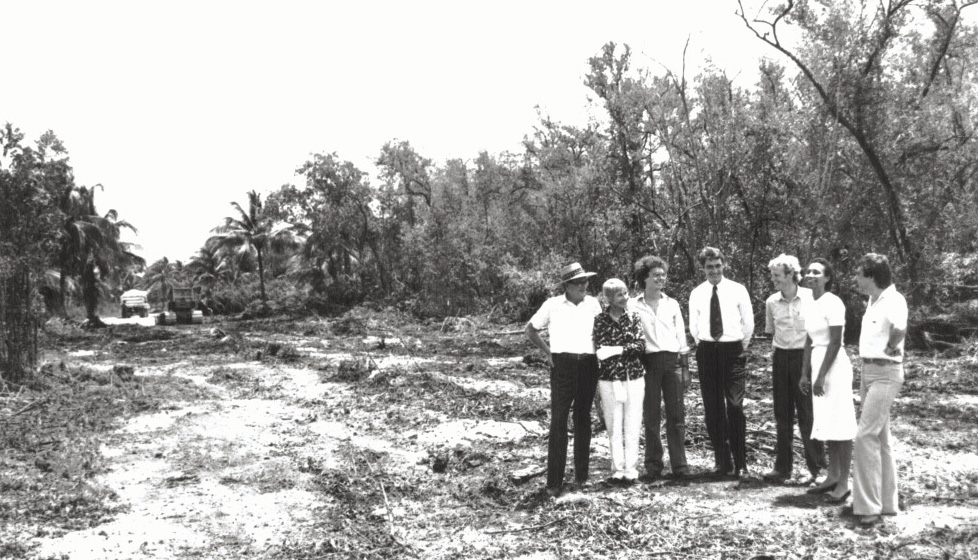
A publicity campaign captured the public imagination with the phrase “An Idea Whose Time Has Come,” quickly boosted by support from Sir Vassal Johnson, Cayman’s first financial secretary and a founder of the financial-services industry.
“As we watch and enjoy the rapid growth and development taking place in these Cayman Islands … it may be time we begin to reflect our own culture and heritage,” he wrote.
“Caymanians have much to be proud of,” but “the memories of the past … are rapidly fading …”
He called Inn Theatre’s proposal “a top-priority national need if we are to rescue, preserve and reflect in our daily activities … the heritage and culture of the past.”
Mr. Cresswell persuaded Mrs. Harquail to host the first of a series of popular garden party fundraisers, bolstered by additional activities including “the chair appeal,” the Ladies Luncheon Club – chaired by Mrs. Cresswell and Linda Burrowes – and creation of the Select Season of Professional Theatre Productions.
The company launched a design competition for the theater, ultimately naming architect John Doak – of Onions Bouchard and McCullough – and quantity surveyor Martyn Bould, later named chairman of the Cayman National Cultural Foundation.
Mr. Doak created provisional designs, but faced a sudden challenge: Royal Palms’ new owners wanted to redevelop the property, giving Inn Theatre one year to move.
The architect and TP suggested a three-phase $2.5 million response: Create workshop spaces as a temporary studio theatre; construct the main theatre; develop the cultural district.
Despite the land and Mrs. Harquail’s half-a-million dollars, the company recognized time and funds were insufficient to complete phase-one construction within the year.
Mr. Cresswell made a bold choice: He asked Mrs. Harquail for another $2.5 million, offering to name the new center the “F.J. Harquail Cultural Centre,” after her late husband.
A new sense of rigor and responsibility overtook the management and administration of the company. Inn Theatre’s back-office capabilities were already stretched to the limit. Not only was the company responsible for producing an annual season of plays, but now it had to oversee the creation of a new home.
Without professional support, the company could not sustain current production levels. Mr. Cresswell created a sponsorship program targeting local business leaders, which included Bernard Passman, Messrs. Don and Brian Butler, George Lister, Dennis Smith, Lynford Evans, Cayman National Bank, Mervyn Cumber, William Boyko, John Furze and others, who were persuaded that investment in the arts was not only philanthropic, but also a prudent business decision.
Meanwhile, Mr. Cresswell, swamped by his duties as both Head of Drama at the high school and Inn Theatre management, elected to resign his teaching work, becoming the company’s full-time artistic director.
Under his guidance, Inn Theatre Company recommended creation of the Cayman National Cultural Foundation, an independent organization that would own and administer the center while guaranteeing Inn Theatre would always have a home.
The CNCF was formally announced on May 14, 1983, by Sir Vassal during one of Helen Harquail’s garden parties, and recommended government match fundraising efforts dollar for dollar.
CEO of Health Education and Social Services Oswell Rankine helped develop a draft outline for the foundation, naming a board of directors headed by both Sir Vassal and himself.
The first phase Studio Theater soon opened with a season of plays – “Treasure Island,” “Ti Jean,” “Sleuth,” “Same Time Next Year,” “Downside Up,” “Smile Orange” – and musicals, dramas, comedies, Caribbean classics and the premiere of a new Caymanian piece. Inn Theatre was quickly renamed Cayman National Theatre Company.
At CNTC’s 1983 gala, Caymanian and Caribbean performers Shane Allenger, Michael Broderick, Charmaine Lewis, Claudette Cooper and Ms. Daykin gained acclaim, while Mr. McField accepted the annual Gold Award.
Regional professionals availed themselves of the new opportunities. Performances of Mr. Rhone’s “Two Can Play” sold out. Coconut Grove Playhouse and Miami Opera staged “The Fantastics,” followed quickly by Inn Theatre’s own first fully professional production of the musical revue “Starting Here Starting Now.”
Businesswoman Cecile Panton agreed to chair CNCF management, moving ahead with a five-part plan for the main theatre and the rest of the cultural center.
The theatre’s chief attraction was its technical facilities. A fly tower overlooks state-of-the-art rigging, lighting, sound and film-projection equipment. The stage can be accessed from the sides, rear or from below – an underground passage serves trap doors and accesses an orchestra pit.
A trial season of plays tested that versatility. “Scapino,” starring Troy Leacock, Michael Broderick, Mr. Holness, Peter Jackson and Corinne Glasgow, employed the fly tower to create a jetty with boats. An in-the-round production of Arabian Nights with 30 young performers turned the central well of the auditorium into a stage-in-the-round with audiences on four sides.
The board set the theatre’s formal opening for Mrs. Harquail’s Dec. 1 birthday; she asked “The Sound of Music” be the first production because her husband had died on their yacht, previously owned by “Music” star Julie Andrews.
More than 100 junior-school students auditioned for roles, led by Nina and Daphne Orrett. Sadly, Nina fell ill, leaving the lead to Gwen Samson.
CNTC expanded the theater opening into a weeklong cultural panorama celebrating all aspects of the performing and visual arts, creating one of the island’s most-prestigious arts festivals. The celebrations opened Nov. 29, 1986, with the world premiere of Los Angeles-born Carson Kievman’s “Piano Concert (Prisoners of Conscience),” composed in Grand Cayman.
New York teacher and international pianist David Arden also appeared, playing a grand piano loaned by local figure Shirley Gouaux.
A Sunday, November 30, Helen Harquail garden party culminated with the opening of Bendel Hydes’ new “Paintings Now” exhibition, lighting the theatre’s foyers with vibrant color and striking images.
The Monday black-tie premiere of “The Sound of Music” marked the final christening of the Harquail Theatre. “This is our national monument,” Mr. Rankine told the gathering. “The theater is yours, mine, ours. Welcome to it.”
A Tuesday cabaret performance of “Once in a Lifetime” starred New York musical theatre sensation Ebony Jo Ann, followed on Wednesday by a gospel concert featuring the Red Bay Band, Chapel Youth and Adult Choirs, Daphne Orrett, Lonnie Parchment and violinist Samuel Rose, joined by Miami’s New World School of the Arts.
Thursday saw “An Evening of Music,” a repertoire of classical and modern music, featuring performances by the Cayman National Choir, The Music Club Singers and the Sweet Adelines.
The debut performance of the Cayman National Dance Company came on Friday at “An Evening of Dance,” organized by Raglan Roper and choreographed by Lorna Reid. The opening “Cayman Awakening” featured Susan Barnes, Debbie Webb, Mr. Leacock and Marica Thorpe, sharing the finale with the Jamaica School of Dance led by Barbara Requa.
The culminating event was the New York dance company of Martha Graham protégé Clive Thompson, Jamaican dancer, choreographer and cultural activist.
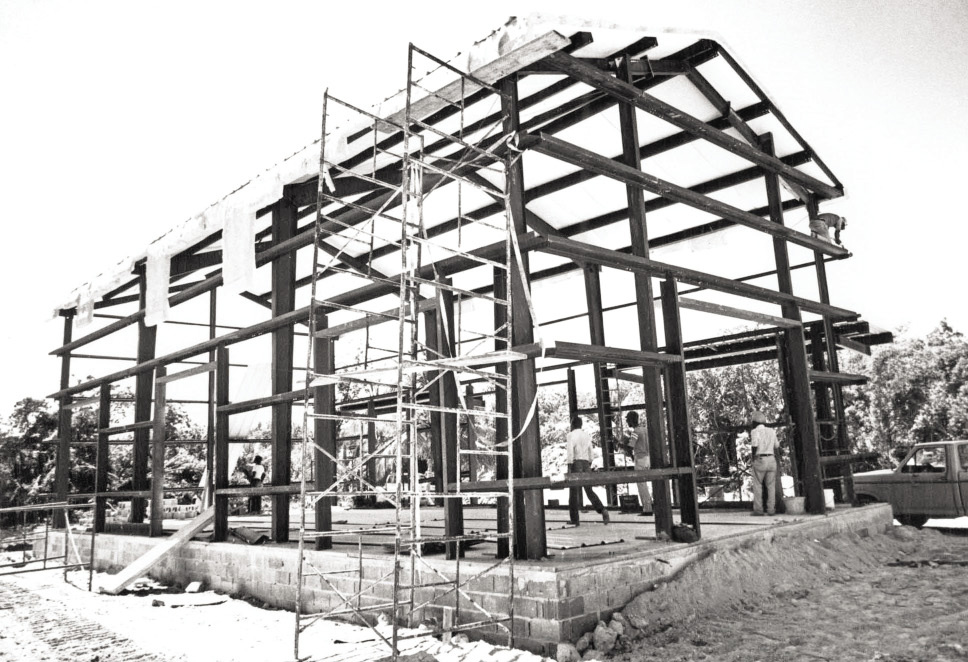
Ends have beginnings and beginnings have ends, as the Harquail unfurled its wings 30 years ago, outshining expectations and lending a new legitimacy to Cayman’s theatrical and cultural arts.
CNTC unleashed an abundance of Caymanian talent, enabling the Cayman National Cultural Foundation to fully respect and honor its foundations.
















